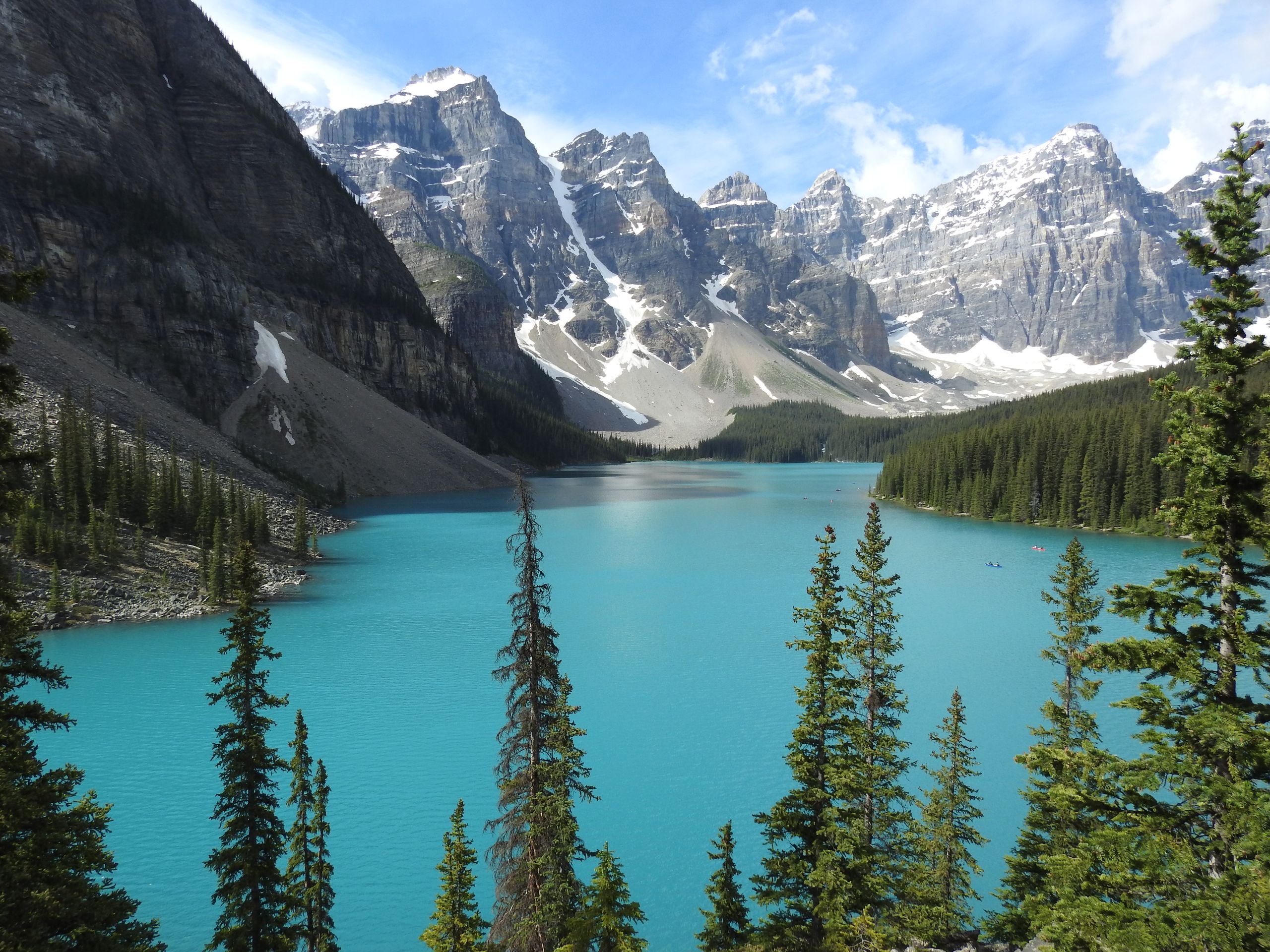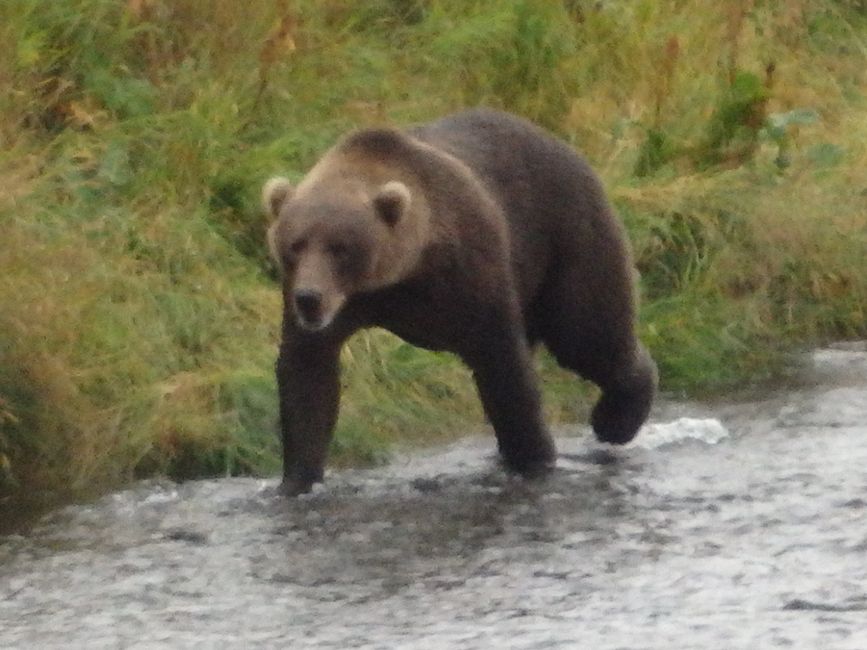BLOG 12 - From Whitehorse to the North
Publikuar: 14.08.2022
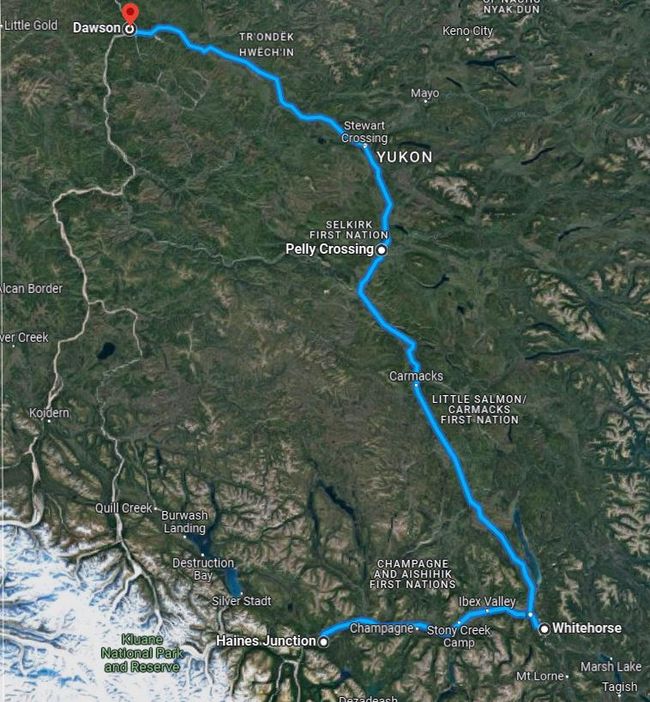
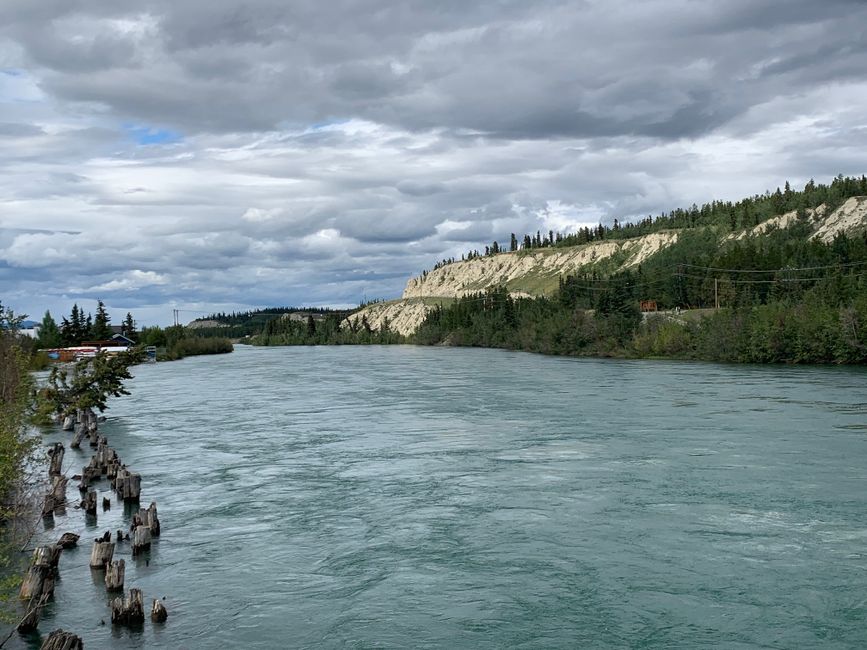
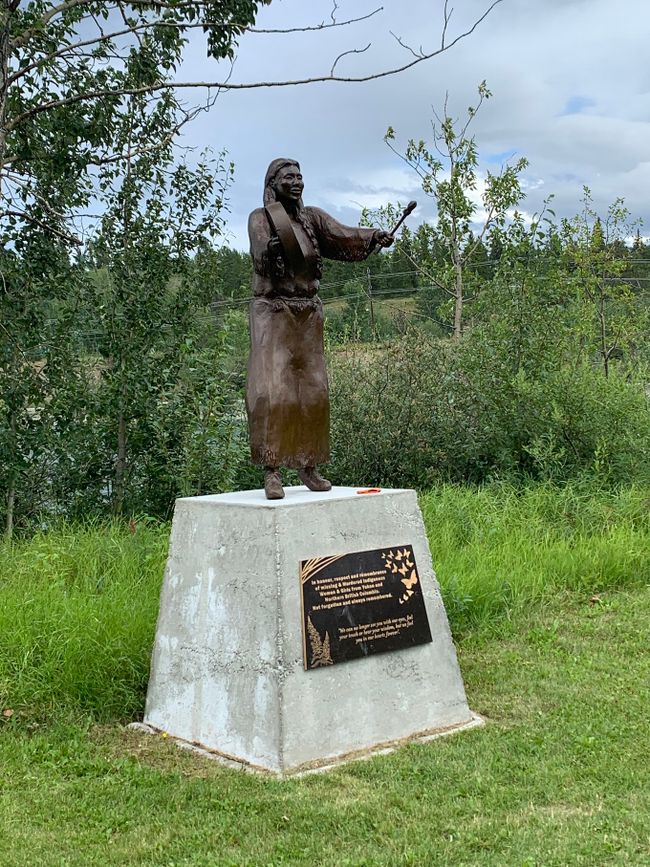
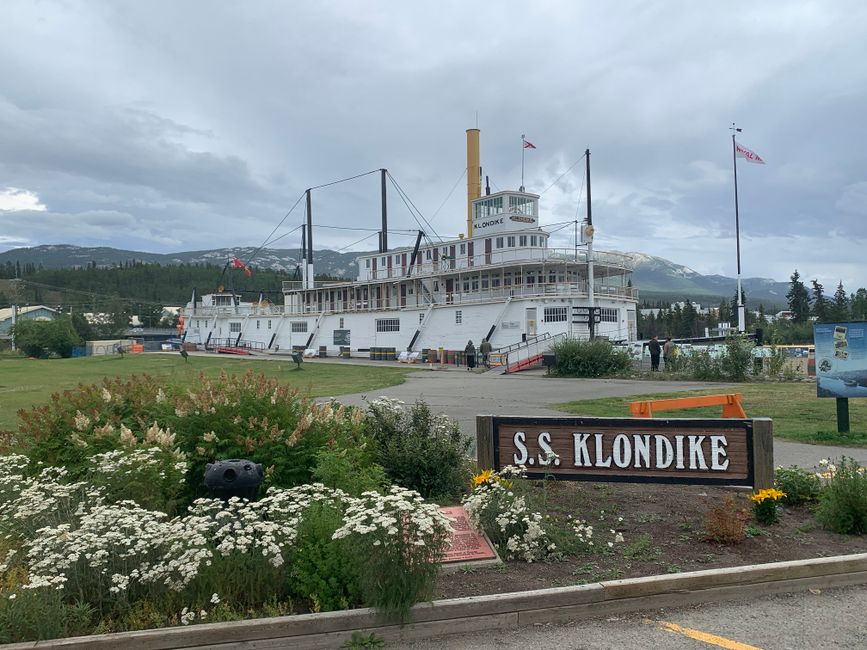
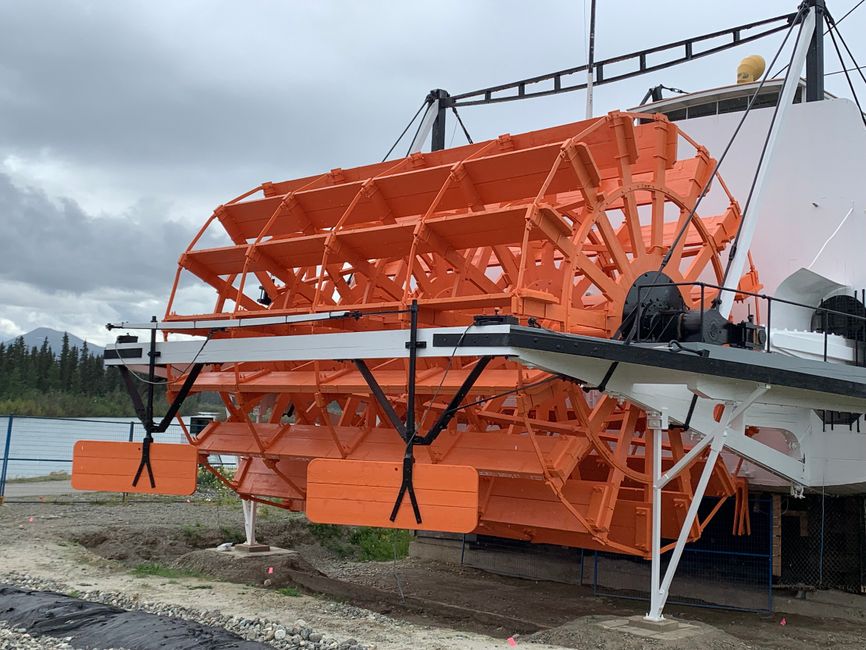
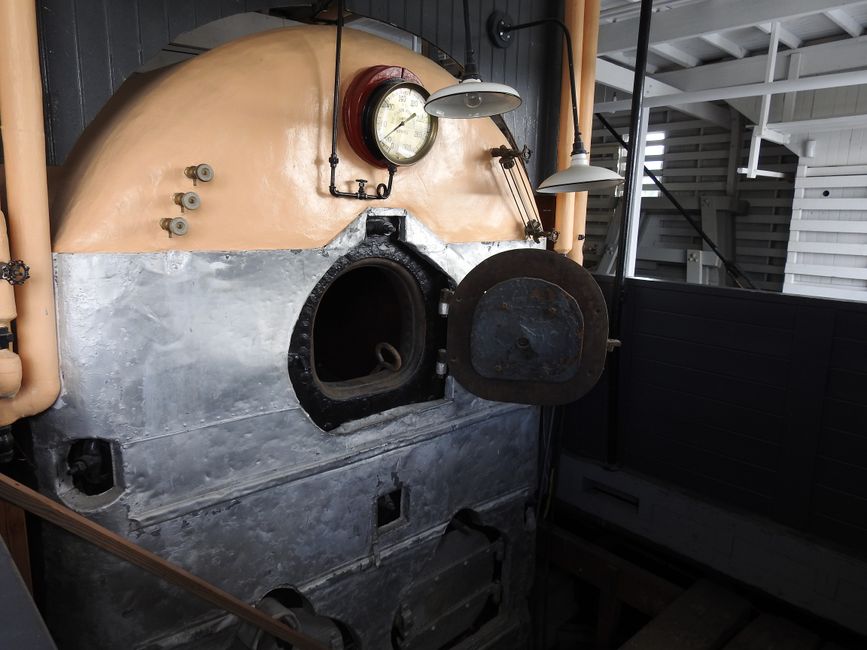
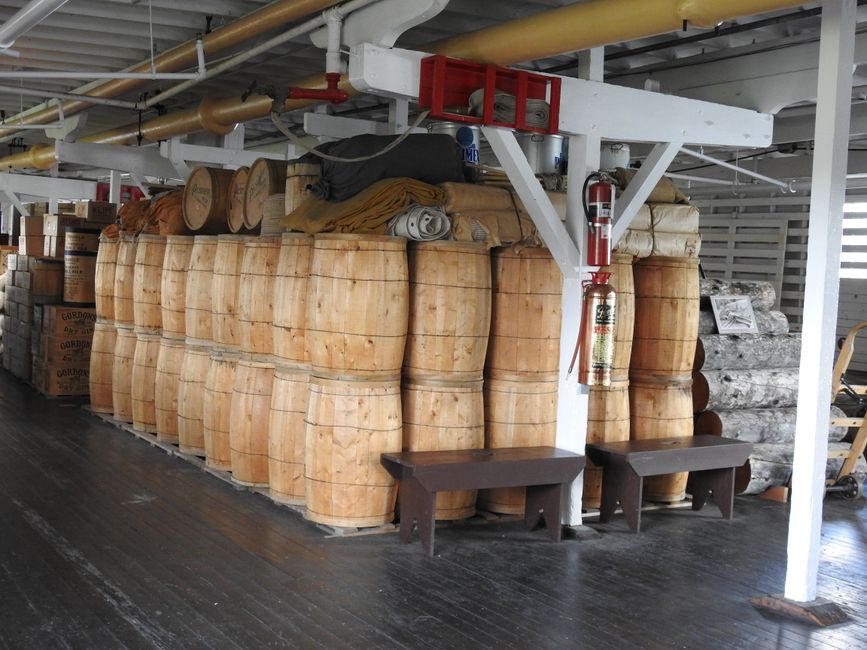
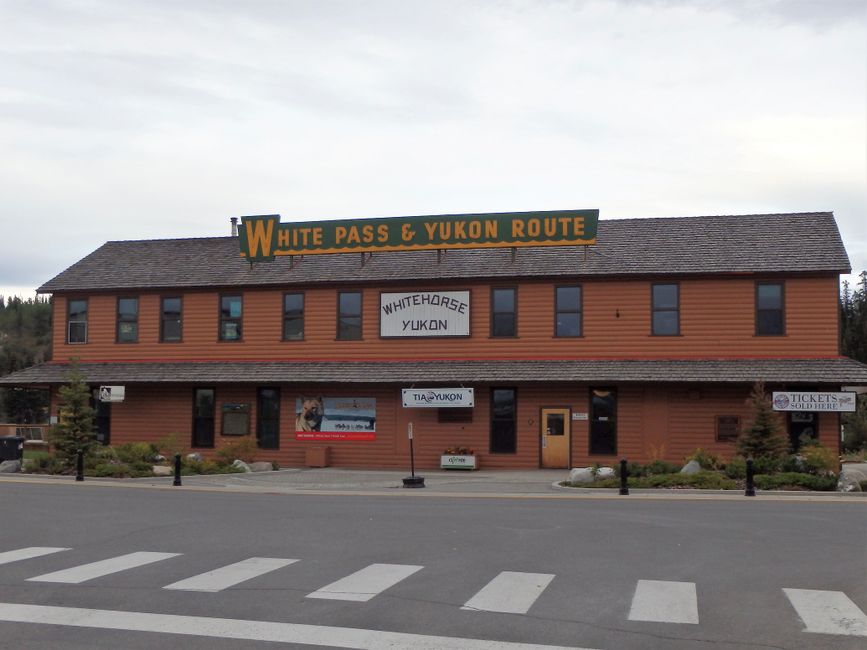
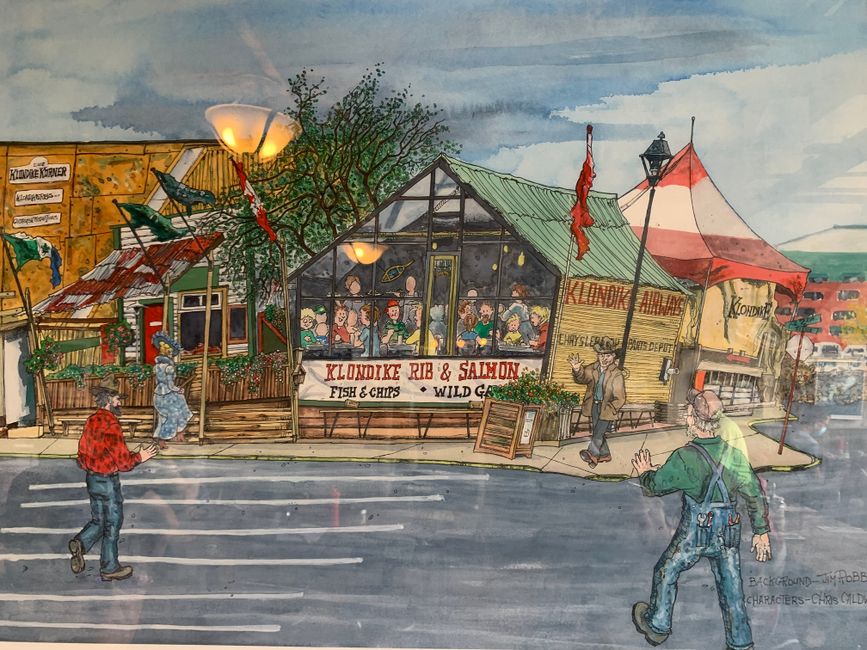
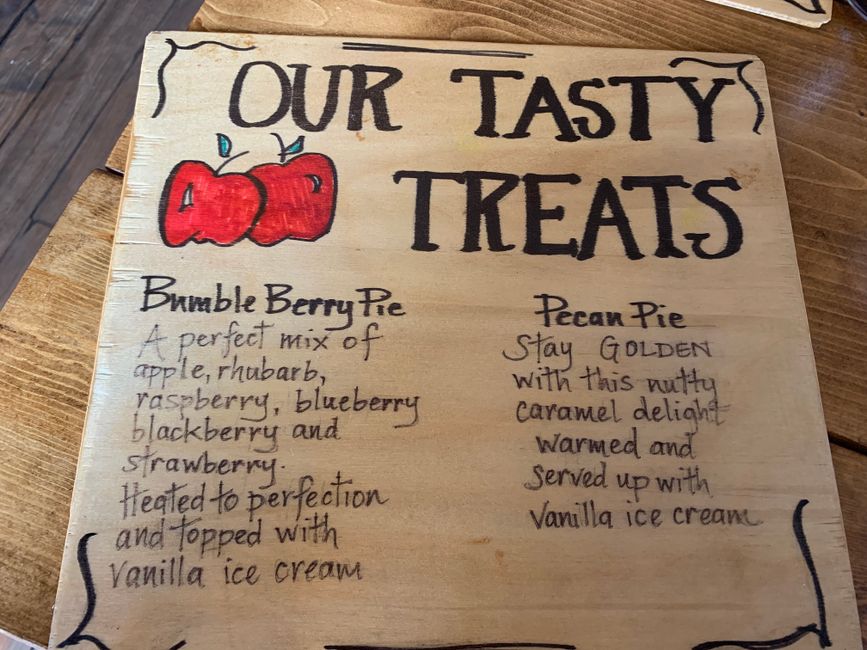
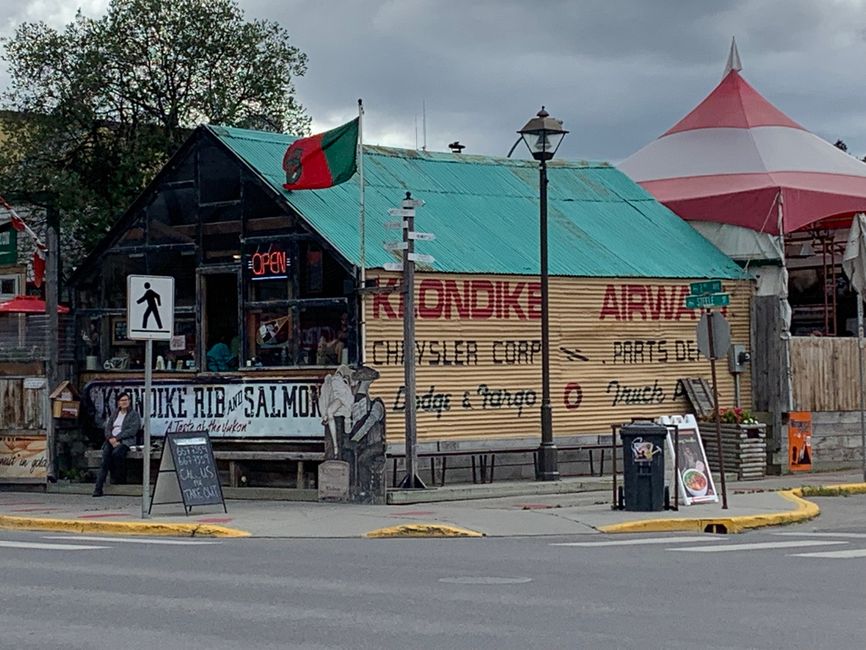
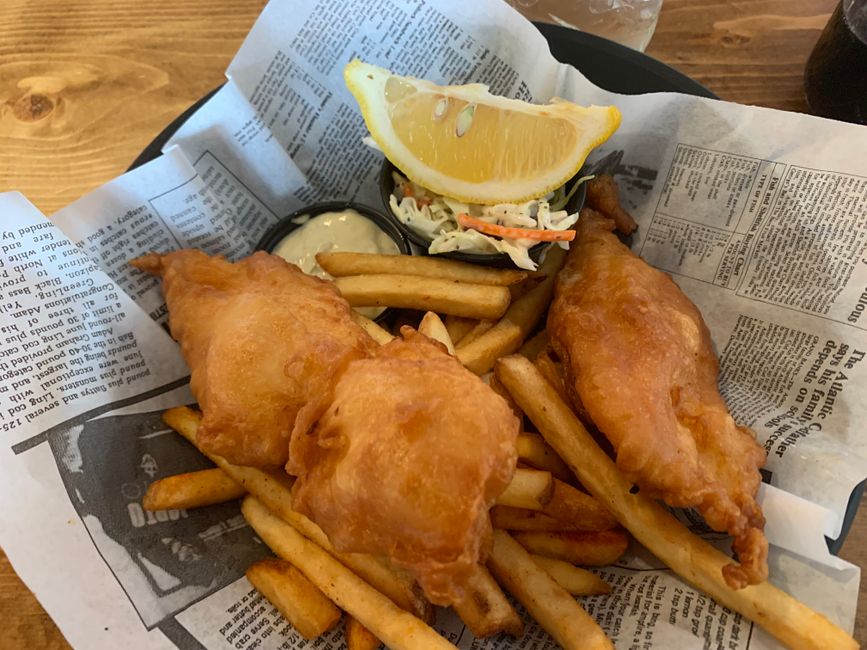
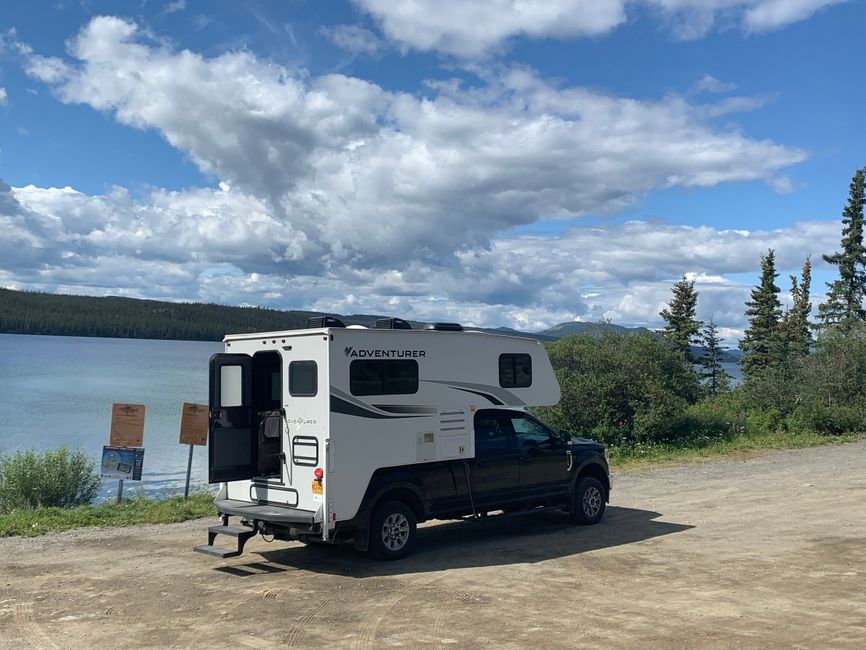
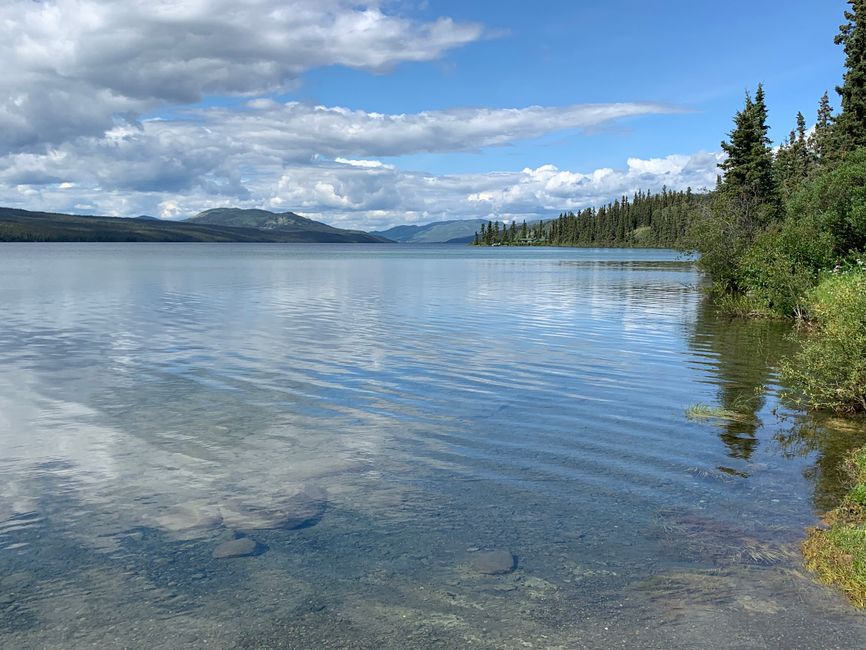
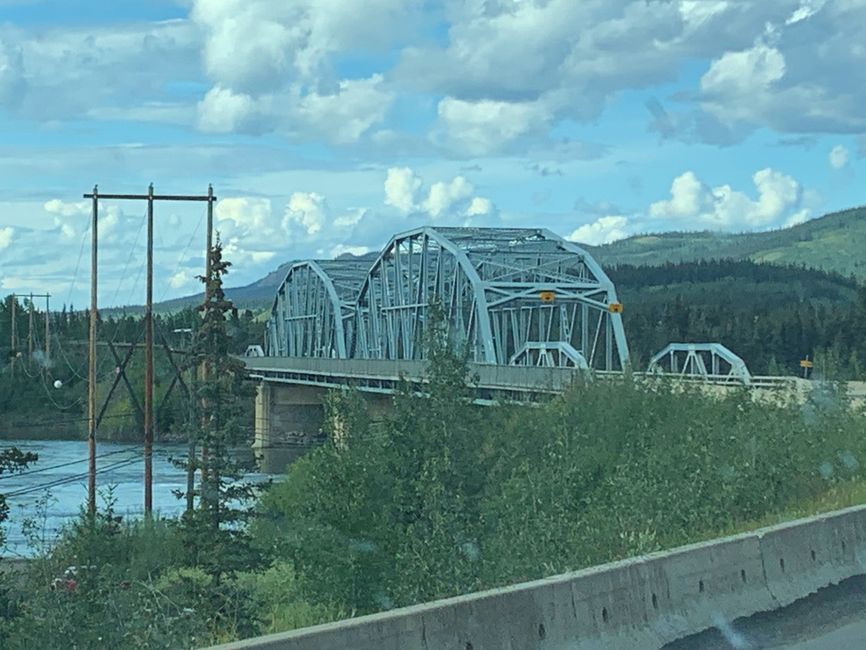
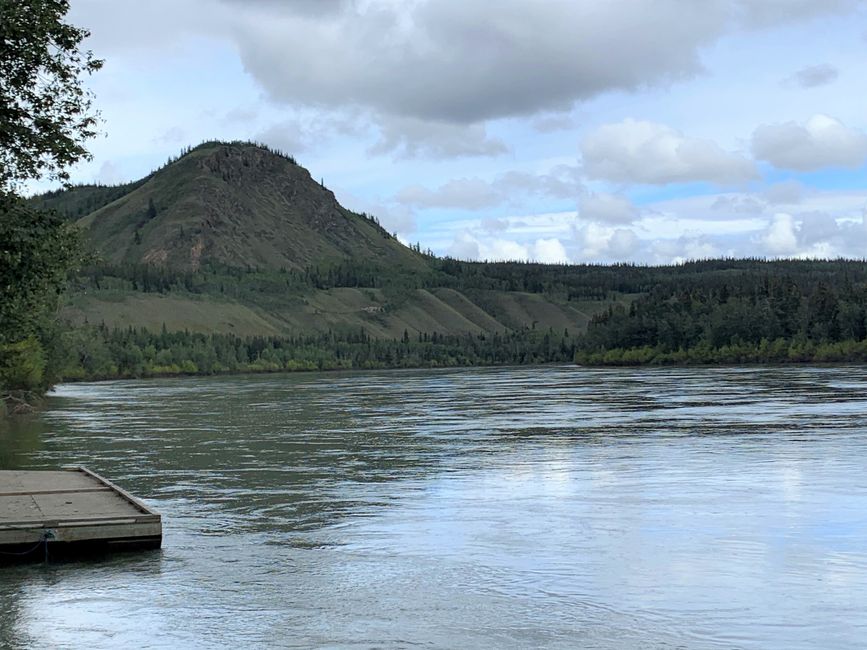
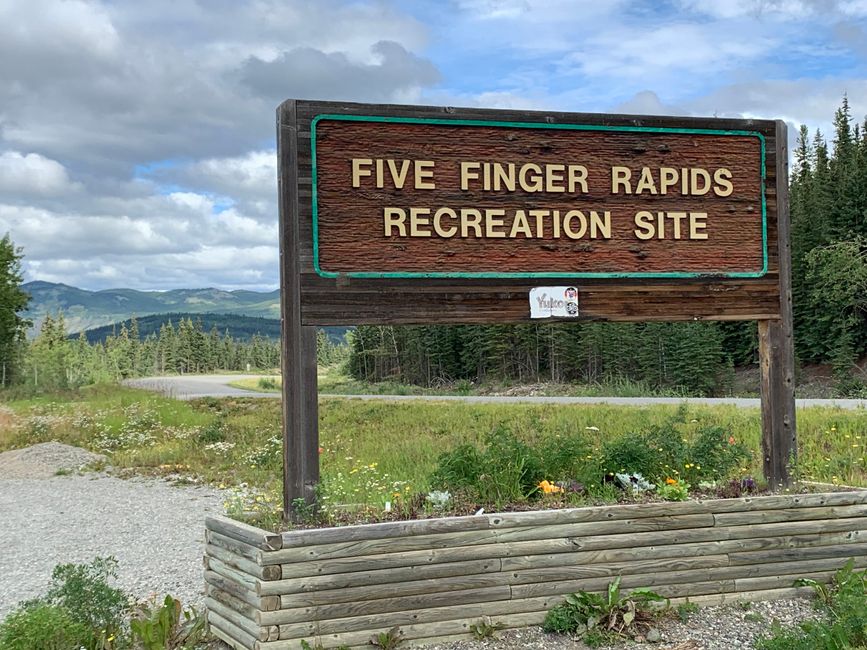
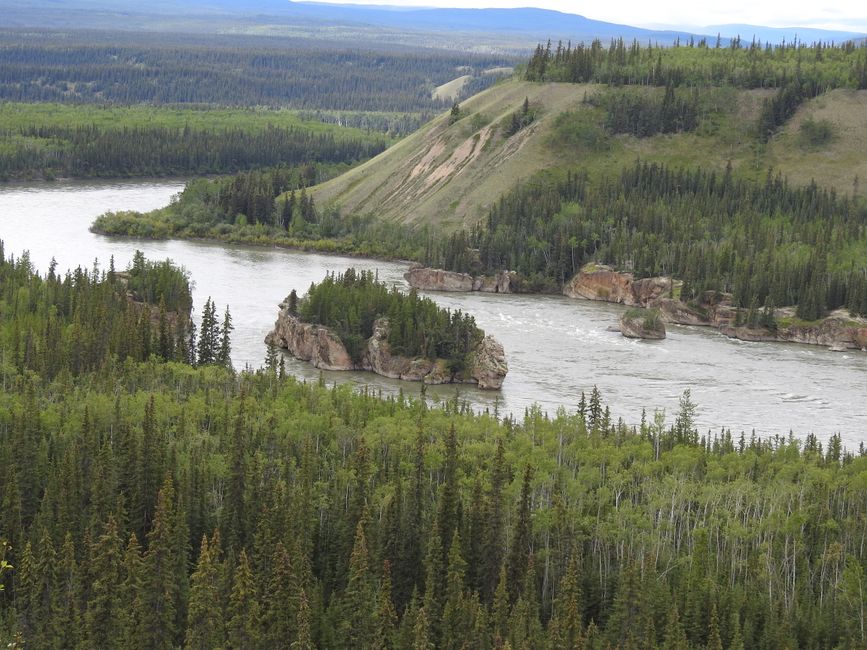
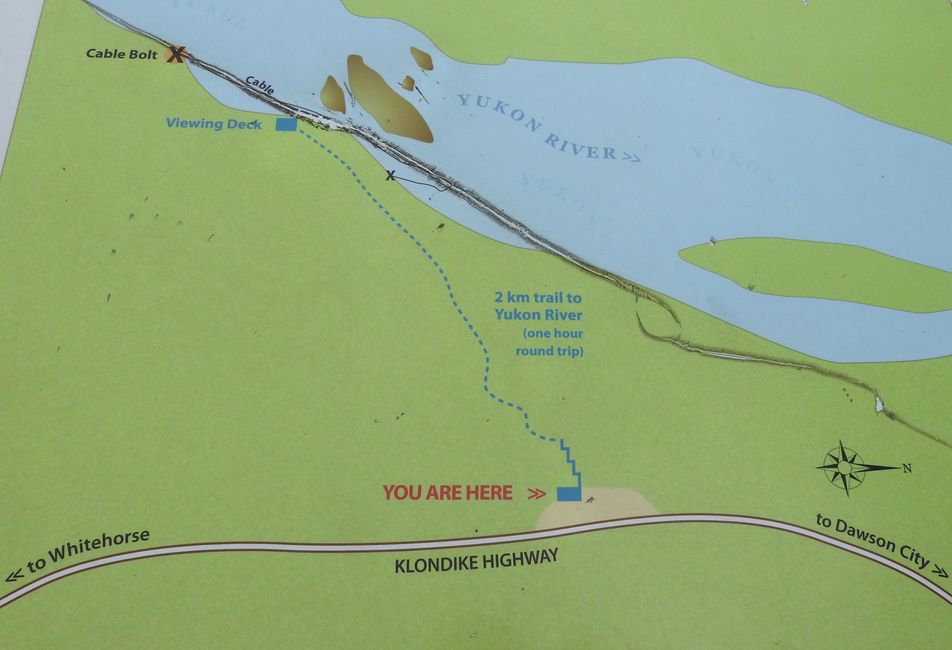
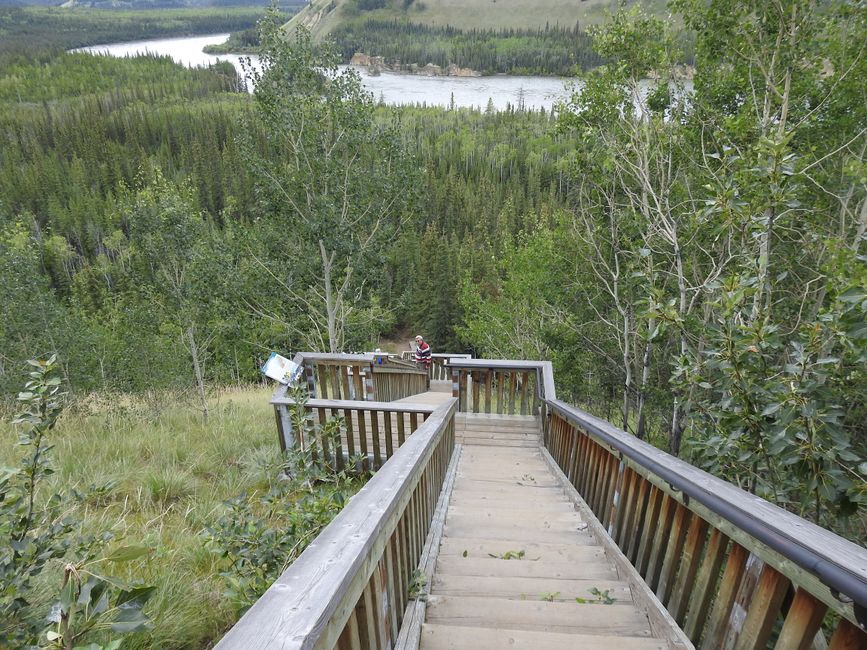
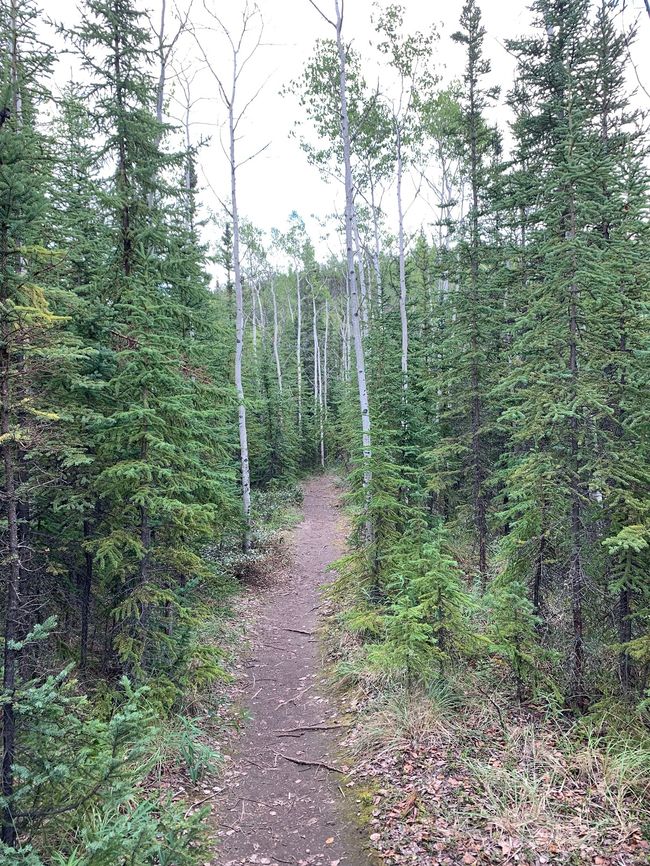
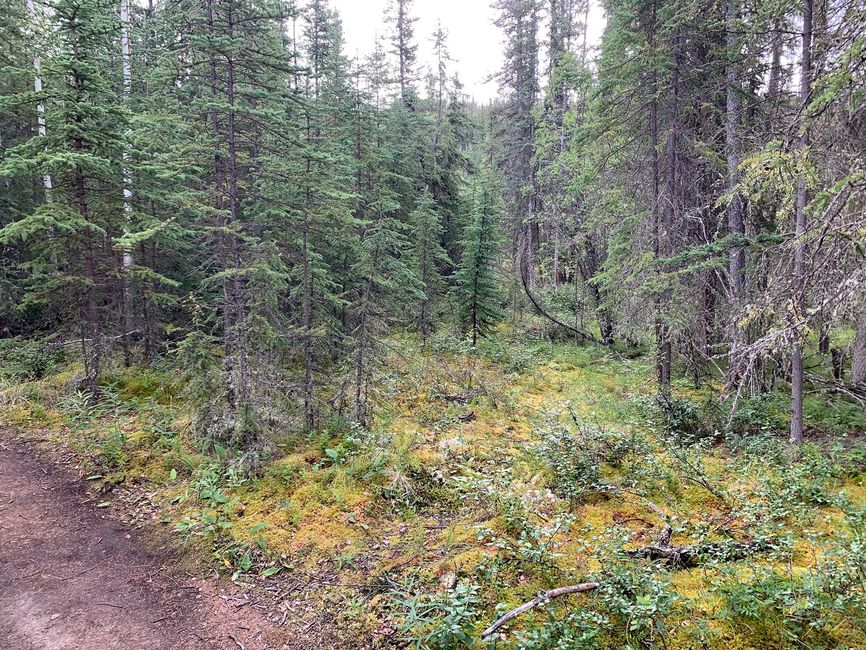
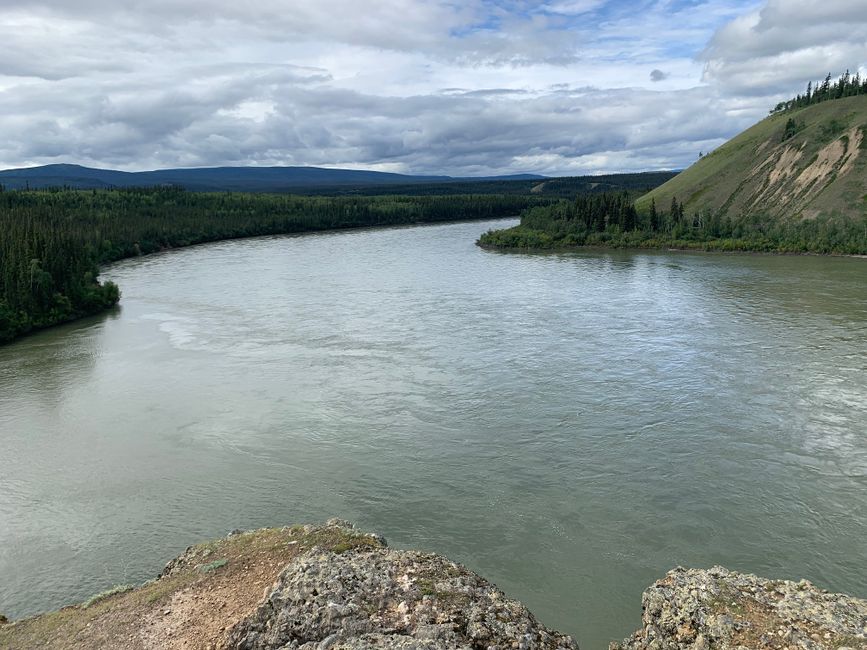
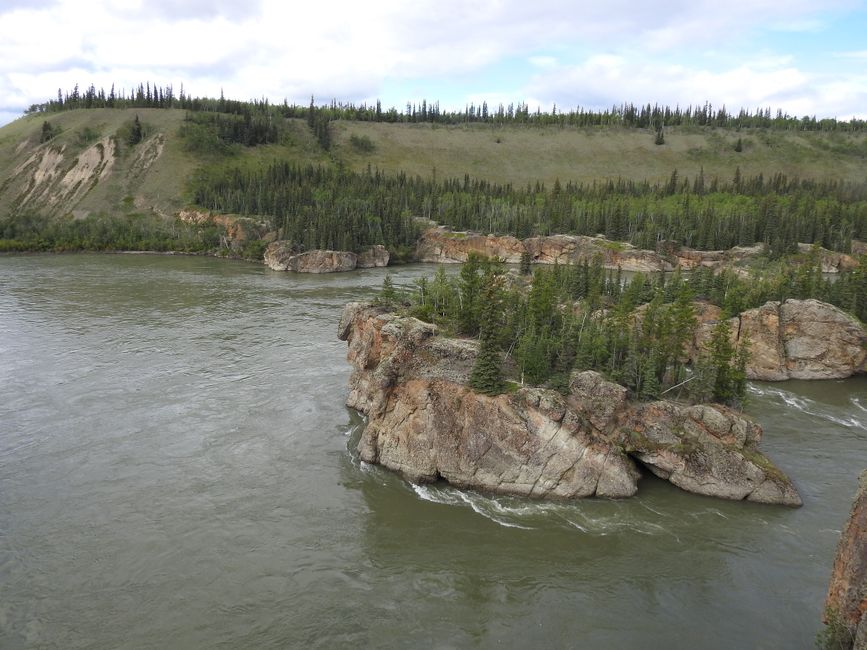
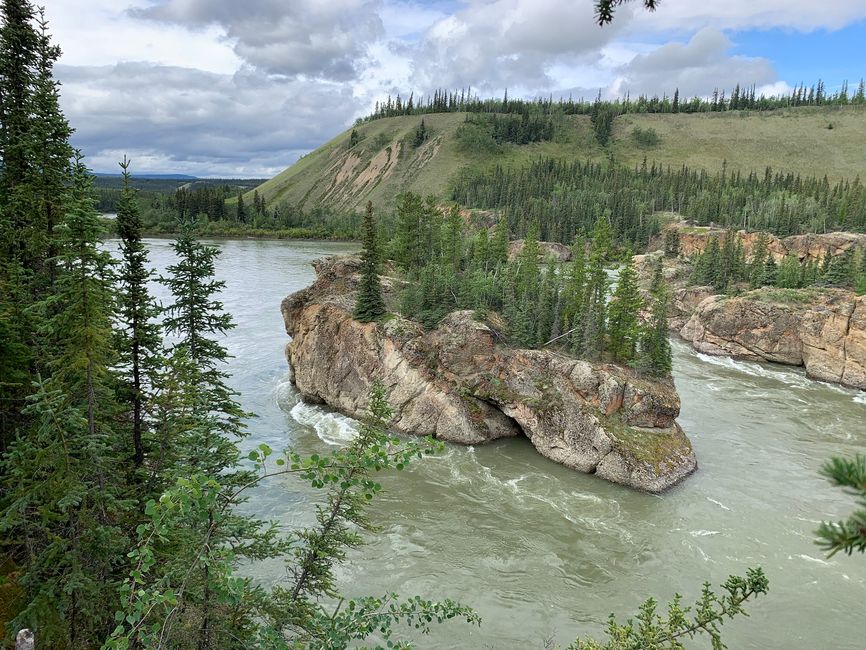
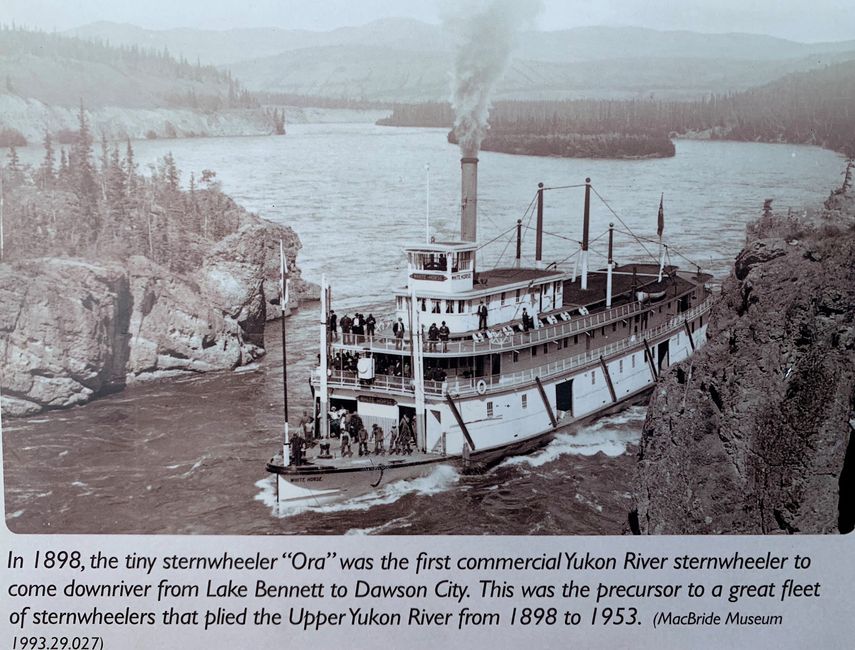
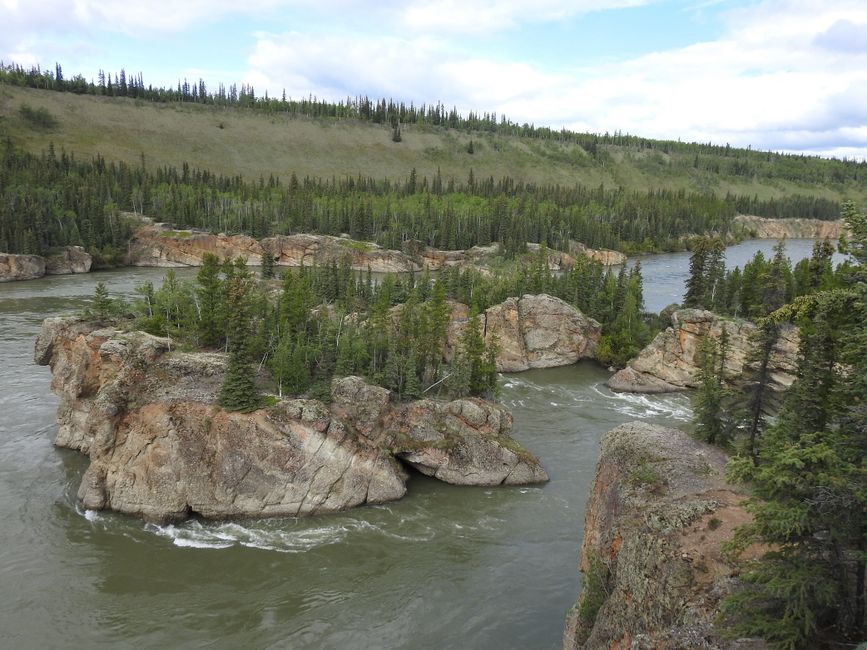
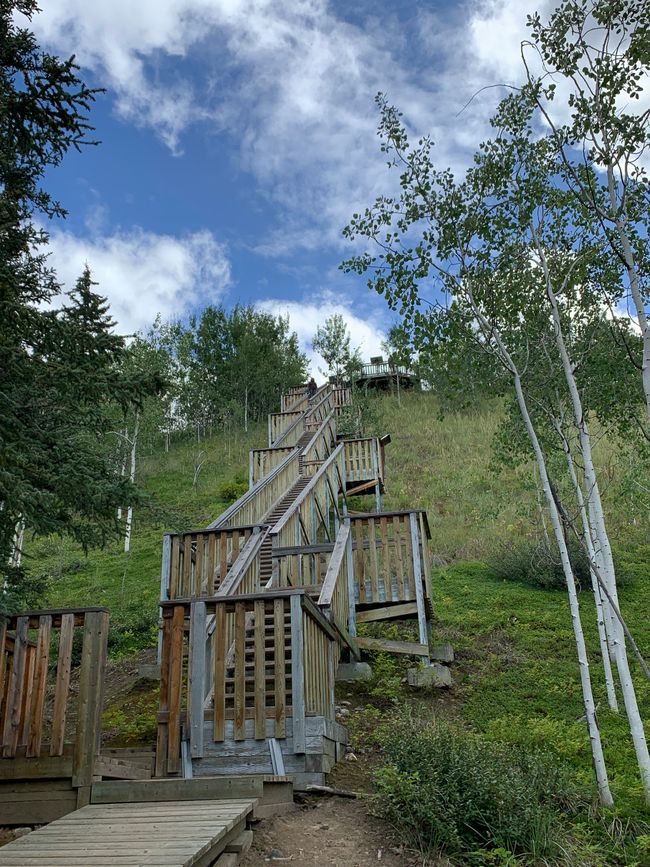
Regjistrohu në buletinin
We start in Whitehorse - the capital of Canada's Yukon Territories.
The Yukon covers an area of 482,000 km², which is about 5.7 times the area of Austria, but has only about 40,000 inhabitants, almost 30,000 of whom live in Whitehorse.
Whitehorse's history actually begins with the Klondike Gold Rush of 1898. It’s rise as a transportation hub begins with the completion of the White Pass & Yukon Railway out of the port of Skagway. This approximately 180 km long railway line through most difficult terrain was built by 35,000 workers within just two years, despite the severe handicap caused by the extreme winters, official completion was in July 1900. There is a beautiful song by Hank Karr: 'WHITE PASS YUKON RAIL“ (https://www.youtube.com/watch?v=OOkbyueLfWI&t=29s / maybe you have to copy the link into your browser).
In Whitehorse, travelers and freight switched to the famous Sternwheeler paddle steamers for the onward journey to Dawson City. A particularly beautiful museum example, the 'SS Klondike' can be admired at the southern entrance to Whitehorse. Hank Karr also sang a nice song about this: 'PADDLEWHEELER' (https://www.youtube.com/watch?v=vwvMuTxdAFs/ maybe you have to copy the link into your browser). Up to 60 steamers were in use on the Yukon and important tributaries.
Until the construction of the Klondike Highway, the Yukon was the main traffic artery, also for the transport of copper and other ores from the Yukon to the Whitehorse railway. The end of shipping in the upper Yukon came to an abrupt end with the completion of the Whitehorse-Dawson City highway in 1953, as did the White Pass & Yukon Railroad upon the completion of the Skagway-Whitehorse Road link in 1982 - Since 1988 the Railway operated again as a tourist attraction, the route to Carcross in the Yukon has been used by tourists since 1997 - unfortunately not this year.
Whitehorse has a lot to offer in culinary terms - otherwise it is rather 'dark' in the Yukon.
The Five Finger Rapids were not the only obstacle on the Yukon for the first gold prospectors and the later steamboats, but certainly one of the most feared - many rafts, canoes and steamboats failed because of it. Here we make the short hike down to the river, on the way back the 'stair tower' in front of the parking lot is really sweaty...
Regjistrohu në buletinin
Përgjigju
